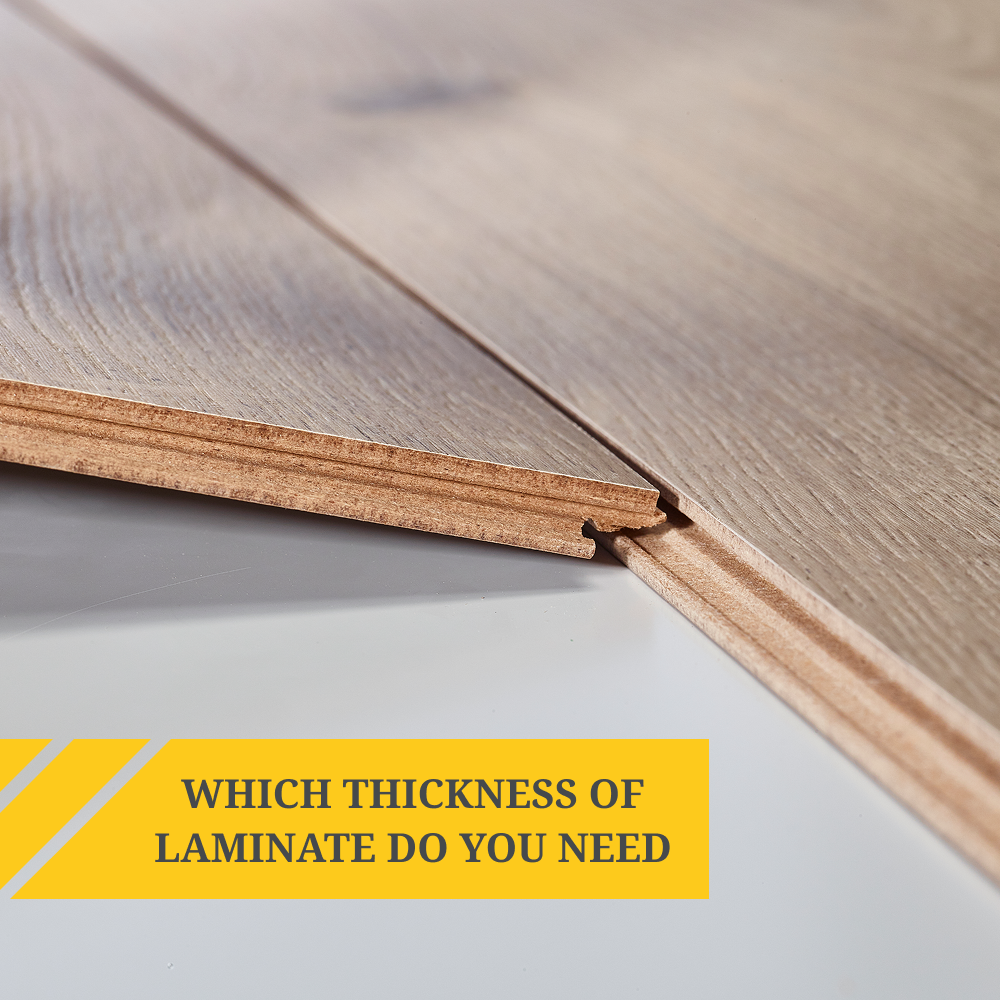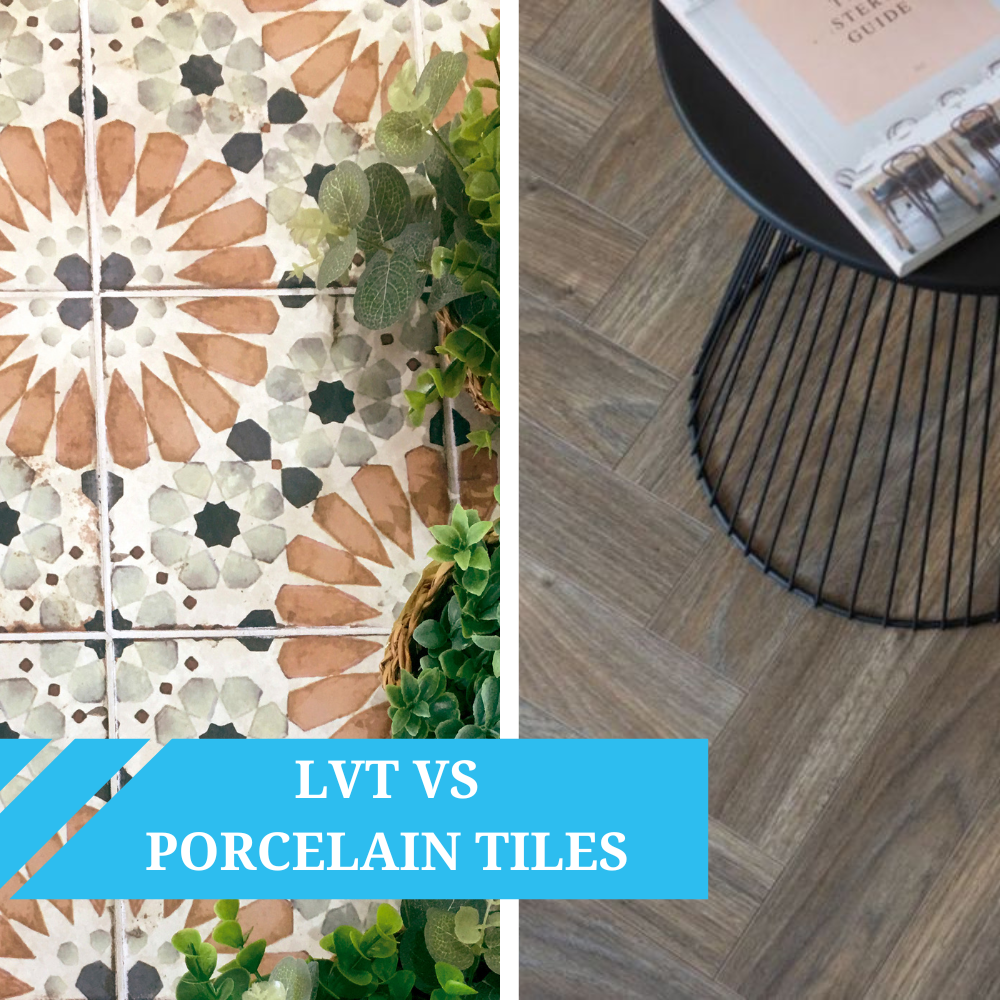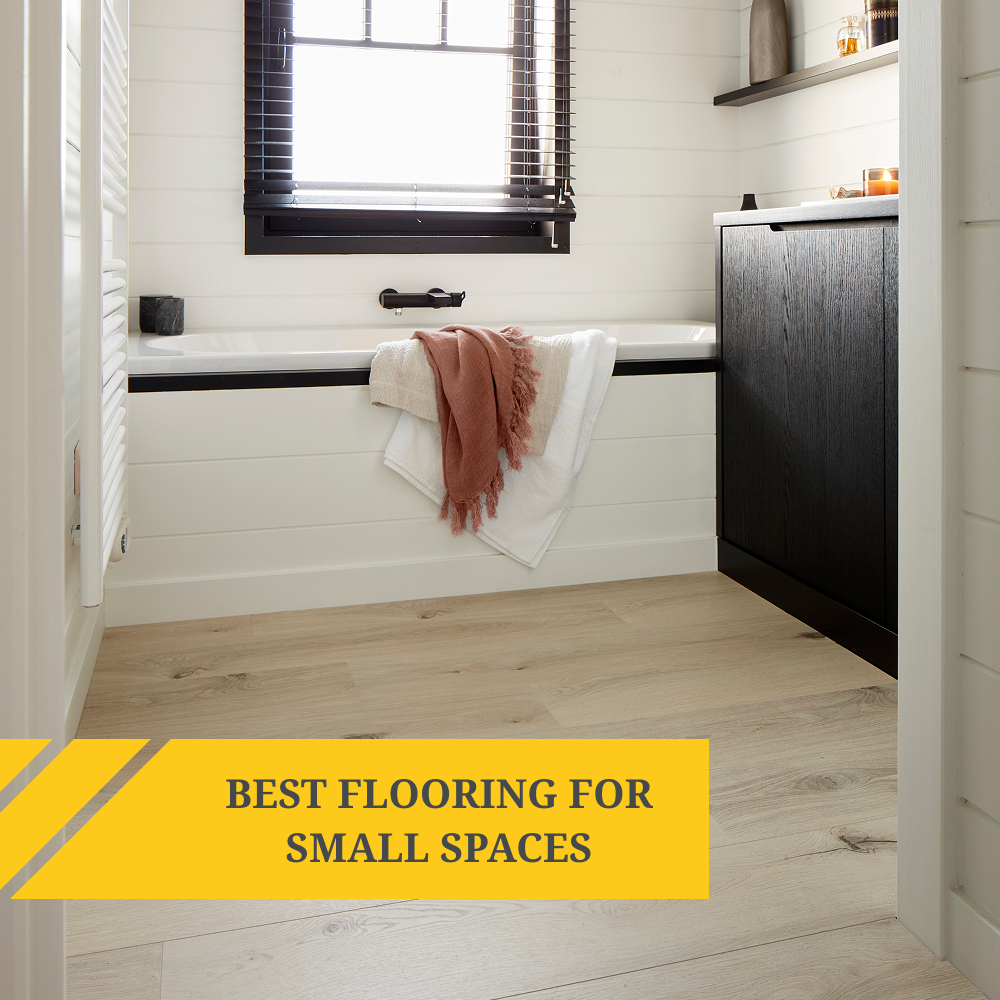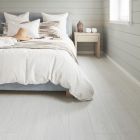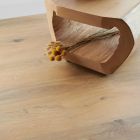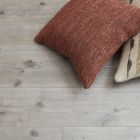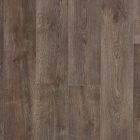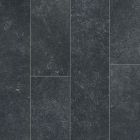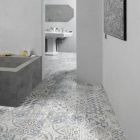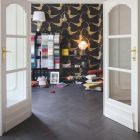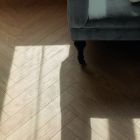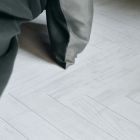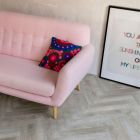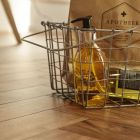How To Clean Laminate Floors
- 25 Apr 2025
- Sam Jackson
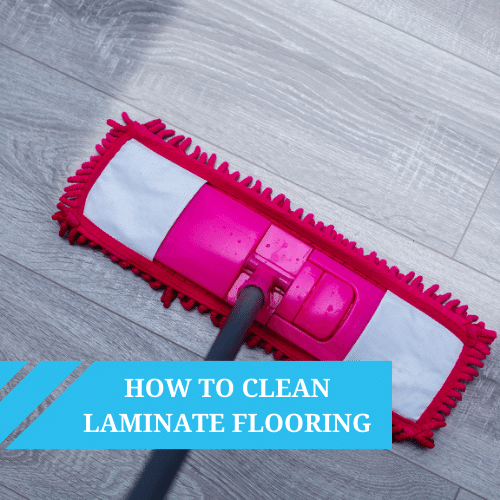
Keep your laminate flooring looking like new with our no-fuss cleaning guide. From daily upkeep to stain removal and what to avoid—it's all here.
Laminate flooring is one of those brilliant all-rounders: it looks great, it holds up to everyday life, and it doesn’t ask for much in return. But like any surface underfoot, it still needs a bit of care now and then to keep it looking its best.
The good news? It's quick, easy, and low effort to clean laminate flooring as long as you know what to do (and just as importantly, what not to do).
TLDR: skip the steam mop, abrasive tools and harsh chemicals, go easy on the water, and you’ll be well on your way to a beautiful floor that stays fresh for longer.
In this guide, we’ll break down exactly how to clean laminate flooring properly, from how often to clean and what products to use, to the simple tricks to keep your floors looking their best. Whether you’ve just laid a brand-new floor or want to give your existing one a refresh, carry on reading for tips and advice.
Looking after more than one type of floor? Don’t miss our expert guides on how to clean vinyl and carpet too.
Remember, make sure to check the maintenance instructions for advice specific to your type of flooring, ask one of our team if you're unsure.
Let’s get into it!
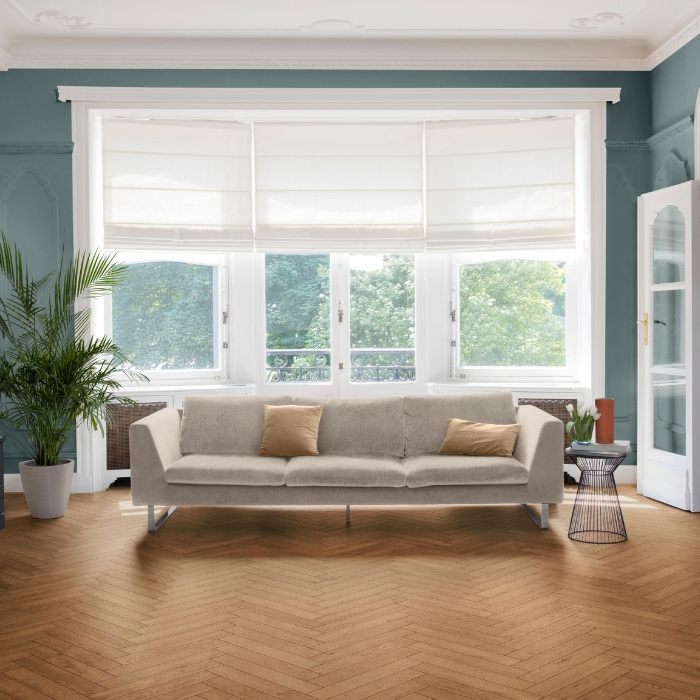

Protecting Laminate Flooring Starts Here
Before we talk how to clean laminate flooring, let’s start with the simple things you can do to keep your floor looking good for longer. A few small habits go a long way, especially if you’ve just had it laid or you’re dealing with a busy, high-traffic area.
Start at the door. A decent doormat is your first line of defence. It helps stop dirt, grit and moisture from getting dragged in, which can scratch the surface or leave marks over time. Try to avoid wearing shoes with high heels on your laminate flooring, or in fact wearing any shoes that can bring in stones or debris from outside.
Furniture matters too. Stick felt pads under chair and table legs, and if you’re using an office chair with wheels, pop a clear mat underneath to avoid constant friction. Make sure to always lift furniture, the less dragging and scuffing, the better!
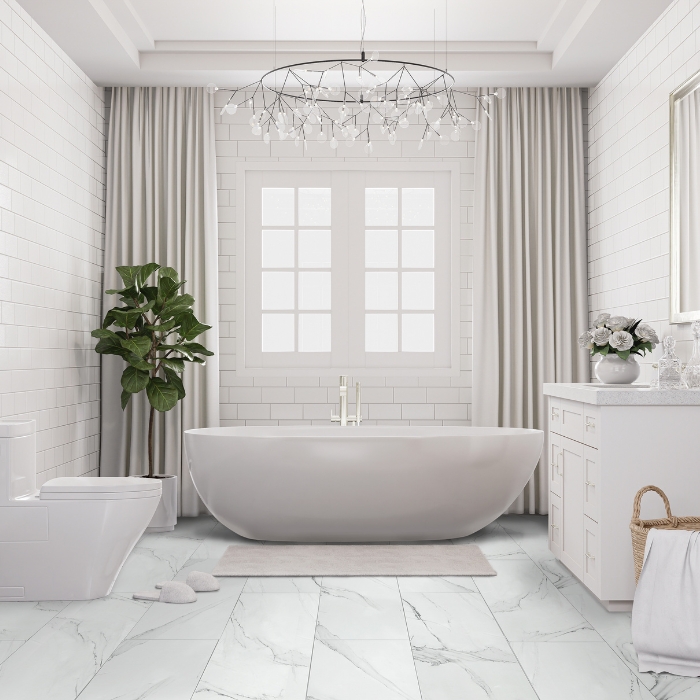

Watch the room temperature. Believe it or not, laminate doesn’t love wild swings in heat or humidity. For example, the best temperature for Berry Alloc laminate flooring is between 18 and 25 °C, which works as a good guideline for most laminate floors. If your room gets too hot or too cold, the planks can expand or shrink slightly, which may lead to gaps or lifting.
Keep pets nails trimmed. Trimmed nails = fewer scratches. Simple as that!
These might seem like small things, but they all help reduce the need for deep cleaning later and help your laminate flooring look as good as new.
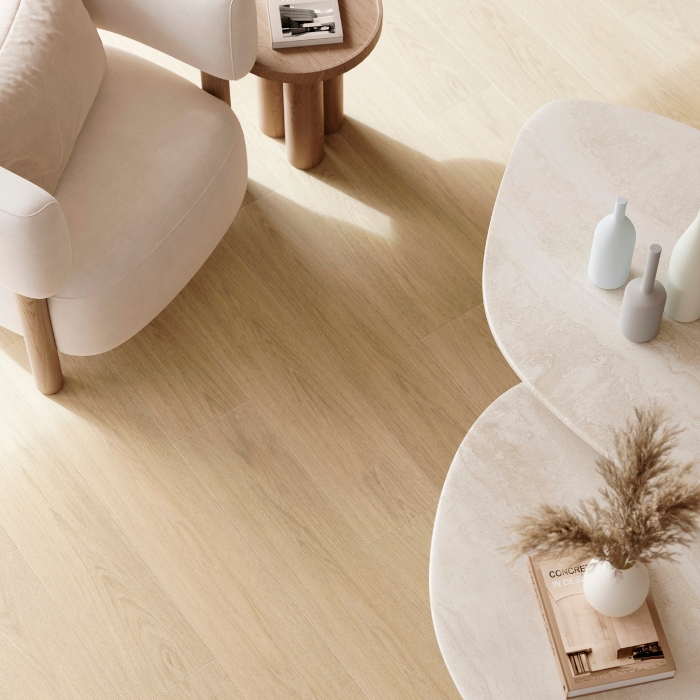

Your No-Fuss Laminate Cleaning Process
Keeping laminate floors clean doesn’t need to be a big job; a little regular upkeep is all it takes. The trick is using the right tools, and knowing when less is more (especially when it comes to water).
A quick daily sweep or vacuum will do wonders for keeping it looking great, while a lightly moist or dry mop once a week helps lift any built-up dirt or marks.
Here’s the go-to routine you need to clean your laminate:
1. Vacuum or sweep regularly
Use a soft-bristled broom or a vacuum cleaner with a hard floor setting to lift loose dirt, dust, crumbs and pet hair. It's the easiest way to stop grit scratching the surface and keeps your floors looking fresh day to day.
Got a robot vacuum? Even better. Laminate flooring is perfect for these clever little cleaners.
Just make sure yours is up to the job:
- Soft rubber or silicone brushes are ideal (skip the stiff or heavy-duty bristles)
- Rubberised wheels help avoid scuffs or chips
- Adjustable suction is great for avoiding stress on the planks
- Low-moisture mopping features are generally okay
And of course, keep it clean. Built-up dirt on wheels or brushes can still cause damage over time, so a little robot maintenance goes a long way too.
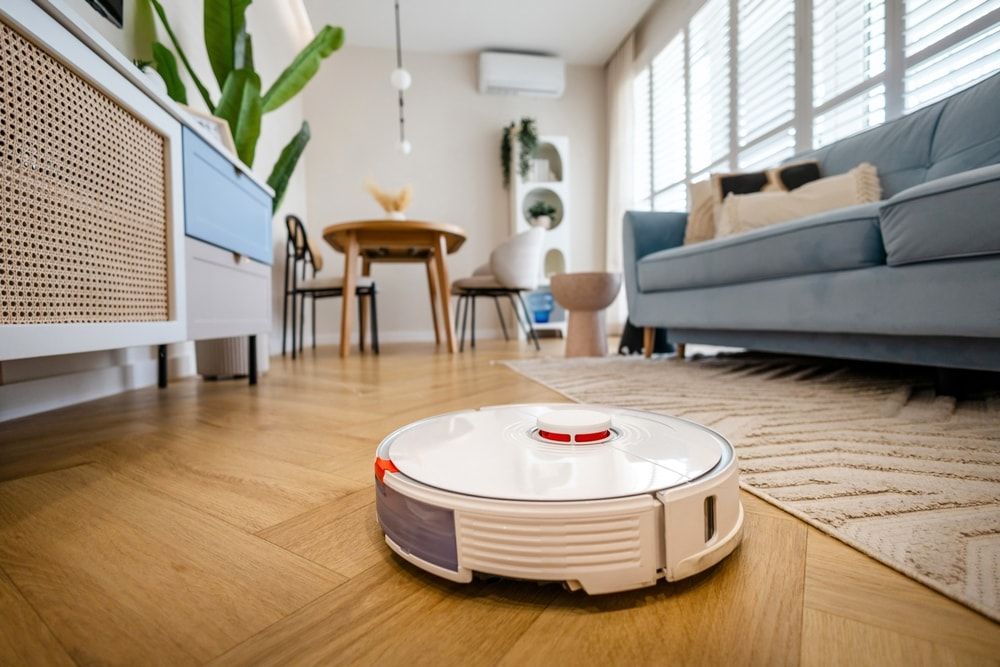

2. Mop with care (and not much water)
Occasional damp mopping is fine once a week or so, using a lightly damp mop (not overly wet). Wring it out well before using, especially on standard laminate flooring which isn’t waterproof.
If you’ve chosen a water-resistant laminate like Berry Alloc Ocean+ or Verdanti Splash, you’ve got a bit more breathing room. These are built to handle the occasional mop and minor spills, but it’s still best to avoid leaving puddles or standing water behind.
What about steam mops? In most cases, even with waterproof laminate, steam mops are not recommended. The combination of heat and excessive moisture can force steam into the joints and edges, causing long-term damage. Always check your manufacturer’s advice, but unless it says otherwise, it’s safest to steer clear.
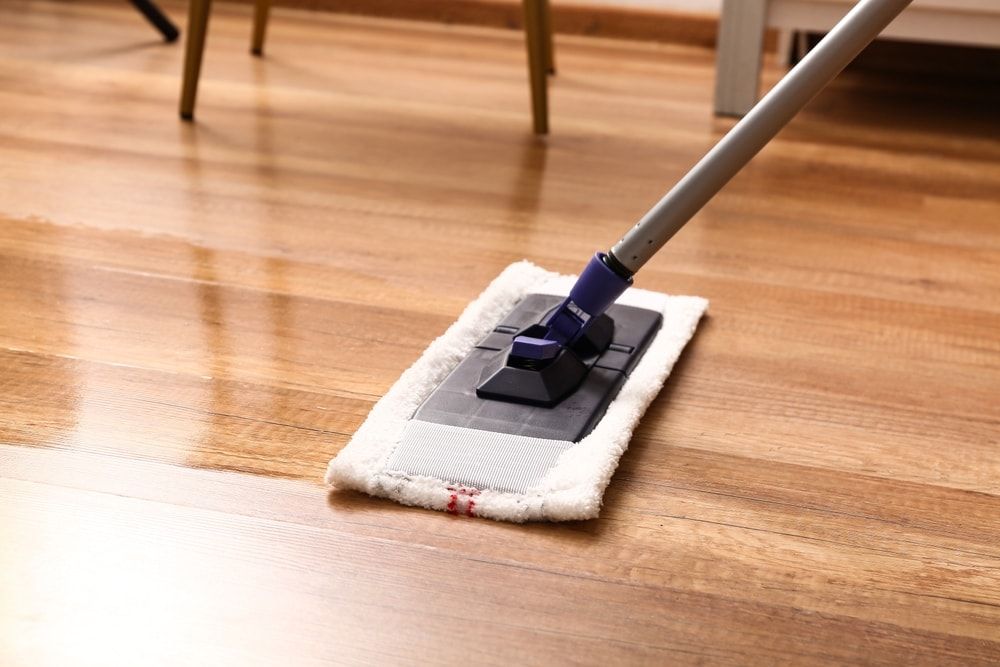

3. Choose the right cleaning solution
Plain warm water is great for regular use. For a deeper clean:
- Add a few drops of mild dish soap
- Or mix 1 part white vinegar to 3 parts water with a dash of washing-up liquid if you like
Spray lightly and clean in the direction of the planks. Rinse your mop as you go and make sure the floor doesn’t get too wet. Check our guide to find out the best practices for the most popular flooring types!
Quick note on soap: While soap-based cleaners can leave a film if overused, a tiny amount, properly diluted and rinsed, is absolutely fine. Want a streak-free result? Use a laminate-specific product like the Berry Alloc Laminate Cleaner.
Floor Wipes? Proceed with caution. Most are too wet or too harsh for laminate. Only use those clearly marked safe for laminate and always dry the floor after.
We know you know, but avoid harsh chemicals or abrasive cleaners: Bleach, ammonia, polish, wax, steel wool, etc.
4. Spot and clean spills straight away
Spill a drink? Muddy pawprints? Wipe them up with a slightly damp cloth as soon as you spot them. Laminate is pretty resilient to pet accidents and other mishaps, but like any flooring, it doesn’t love sitting in moisture.
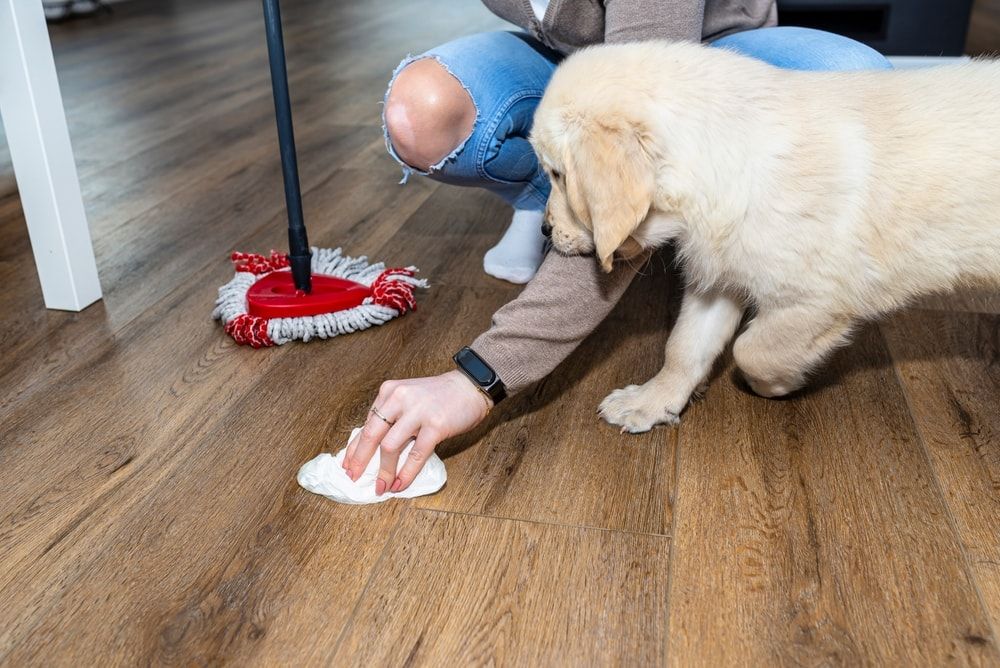

Laminate Stain Removal: What to Use (and What Not To)
Most everyday stains on laminate can be sorted with a bit of warm water and patience, but some messes call for a bit more strategy. Here’s a quick-reference guide for how to deal with the most common culprits:
| Stain type | What To Do |
|---|---|
| Food & Drink | Wipe with a soft microfiber cloth and warm water plus a few drops of mild dish soap or distilled white vinegar in a spray bottle. Rinse and dry well. |
| Grease / Oil / Shoe Polish | Spot clean use a cloth lightly dampened with isopropyl alcohol or acetone-free nail polish remover. Follow with a clean damp cloth. |
| Ink / Marker | Dab gently with isopropyl alcohol on a soft cloth. Rinse and dry. |
| Paint | Use a small amount of acetone (nail polish remover) or white spirit on a rag. Avoid seams. Clean and dry straight after. |
| Red Wine | Blot fast. If needed, use a baking soda paste. Let sit briefly, then gently wipe clean. |
| Gum / Wax | Apply an ice cube to harden, then gently lift off with a plastic knife or spatula. Wipe with a damp cloth. |
| Blood | Use cold water to blot fresh stains. For dried stains, try diluted hydrogen peroxide (test a small area first). |
As we mentioned earlier, it's best to use caution and consult the manufacturer's instructions to keep your laminate floors looking and performing their best. Any questions? Get in touch with our friendly team!
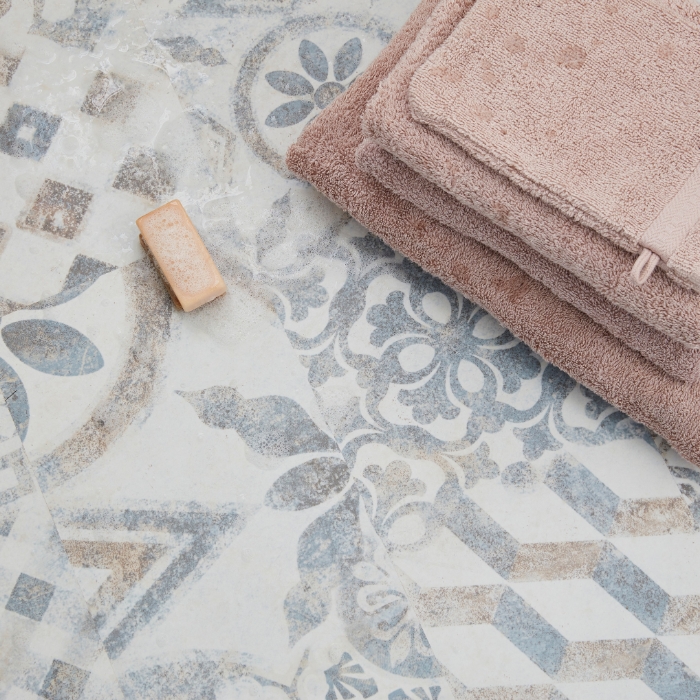

Signs You're Using Too Much Water on Laminate Flooring
| Sign | What It Means | Why It Happens |
|---|---|---|
| Edges lifting or curling | Boards swell and lift at the edges | Water seeps into seams and expands the core |
| Spongy or soft spots | Floor feels bouncy underfoot | Moisture affects the underlay or subfloor, reducing support |
| Swelling or bubbling | Surface starts to ripple or blister | Excess water damages the protective layer and causes delamination |
| Gaps between planks | Planks shift out of place | Swelling forces movement, especially if expansion gaps are too tight |
| Creaking or cracking | Noise when walking | Moisture causes joints to press against each other or the wall |
B4F Tip: If your floor shows signs like these, check out our guide to bouncy laminate flooring it covers everything from subfloor prep to underlay choice, and how to prevent issues before they start.
Thinking About a New Look?
If your floor’s beyond a refresh, or you’re simply ready for a change, we’ve got you covered. Explore our full range of laminate flooring, including water-resistant and ultra-durable styles designed for real life.
Prefer something different underfoot? From vinyl to carpet, our collections are packed with inspiration, whatever your style, space or budget.
And if you’re still not sure? Head over to the Best4Flooring blog for expert advice, flooring ideas, and all the tips you need to get started.
Because every great room starts from the ground up.
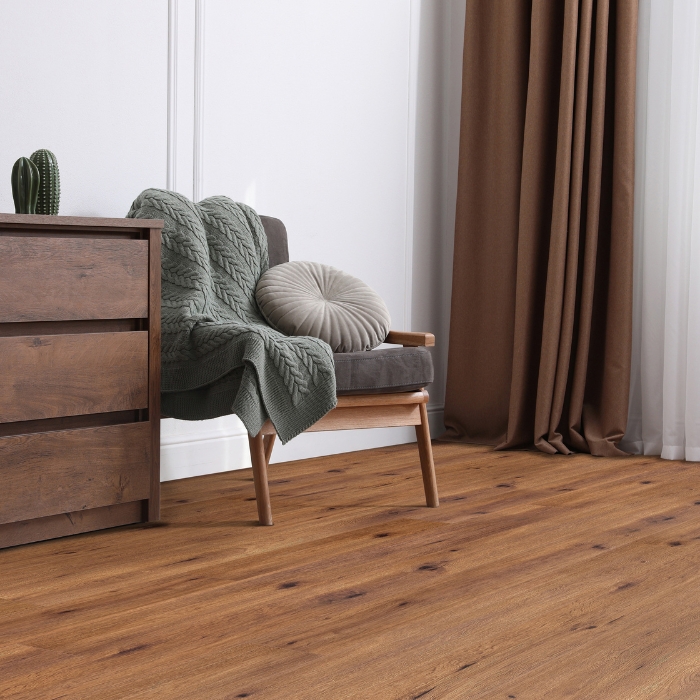

Laminate Floor Maintenance FAQs
How often should I clean laminate flooring?
A quick sweep or vacuum every few days keeps grit at bay, while a light damp mop once a week is usually enough to stay on top of dust and footprints. Just adjust based on foot traffic and whether you have pets or kids.
Can I use regular cleaning solution on laminate?
It's recommended to stick to laminate-specific cleaners or gentle DIY solutions (like diluted vinegar). Many household products are too harsh and can damage the surface or leave a greasy residue.
Are robot vacuums safe to clean laminate flooring?
Yes, as long as they’ve got soft wheels, gentle brushes, and controlled water if they include a mopping function. Just avoid anything overly aggressive or designed for thick carpets.
Can I steam mop my laminate floor?
Even if it’s waterproof, most laminate isn’t built to handle the combo of heat and moisture from a steam mop. Unless your manufacturer specifically says it’s safe, it’s best to steer clear.
What should I do if something stains the floor?
Act fast. Blot (don’t rub), use a mild cleaning solution, and dry thoroughly. For stubborn marks like ink or oil, a little rubbing alcohol or nail polish remover can help — just test a small patch first.
Why is my laminate floor slippery?
It’s usually down to residue, moisture, or using wax or polish (big no-nos). Stick to laminate-safe cleaners, keep it dry, and skip anything glossy.
How do I remove scuff marks from laminate flooring?
Try a damp cloth, rubber eraser, or baking soda paste. For stubborn marks, a Magic Eraser or a dab of rubbing alcohol does the trick — just be gentle and avoid joints.
Related Posts
